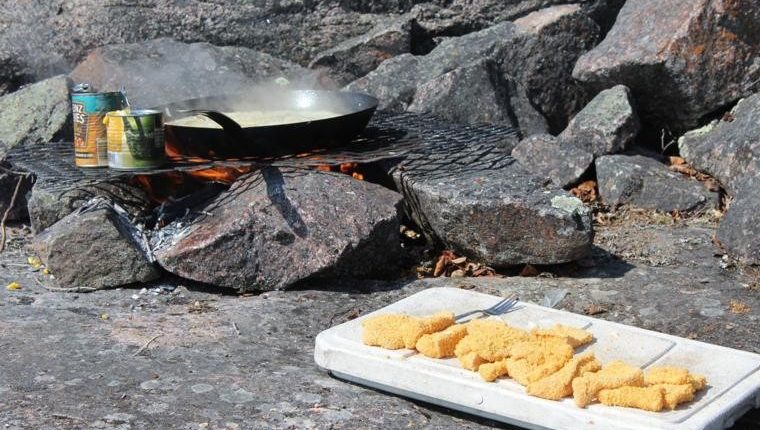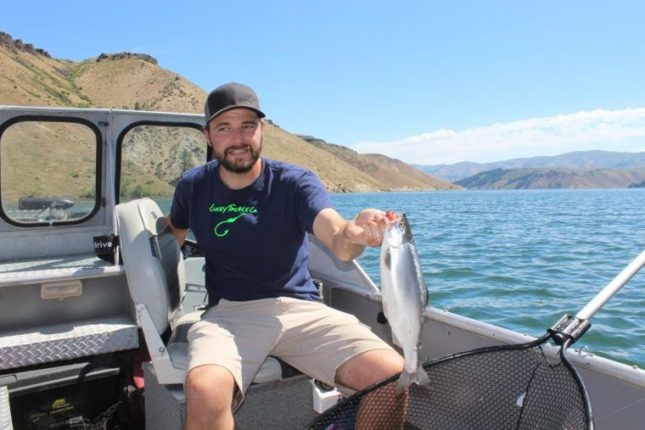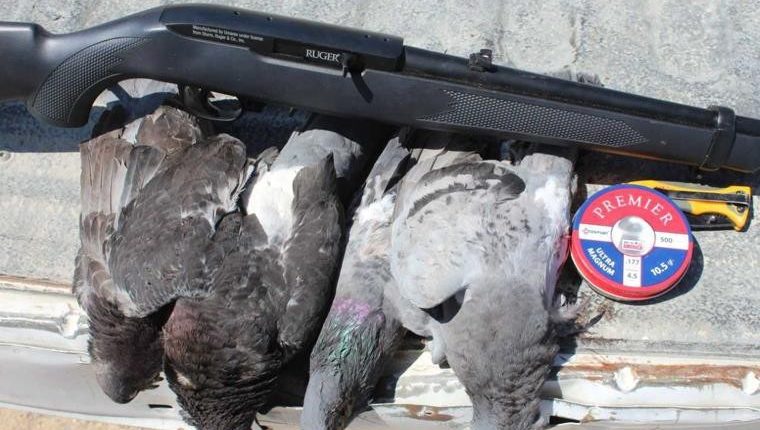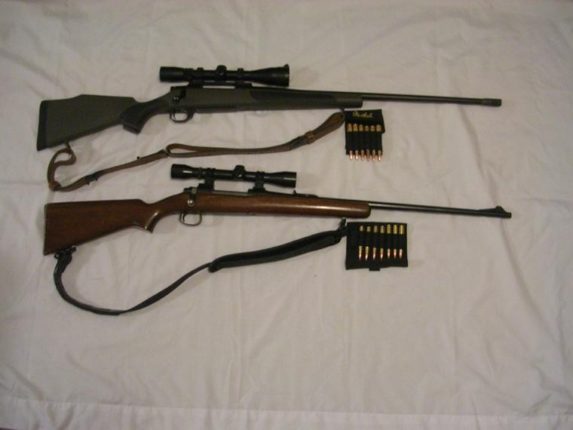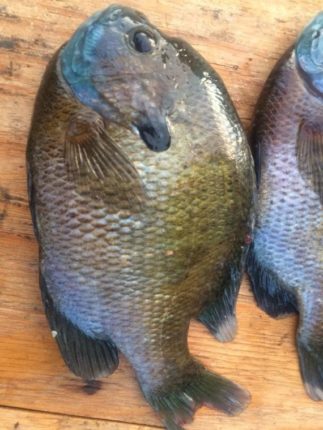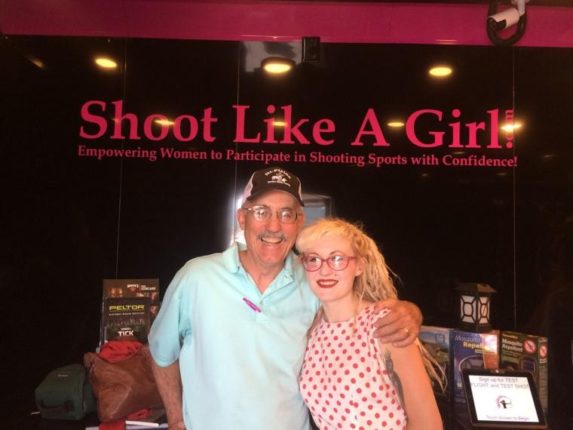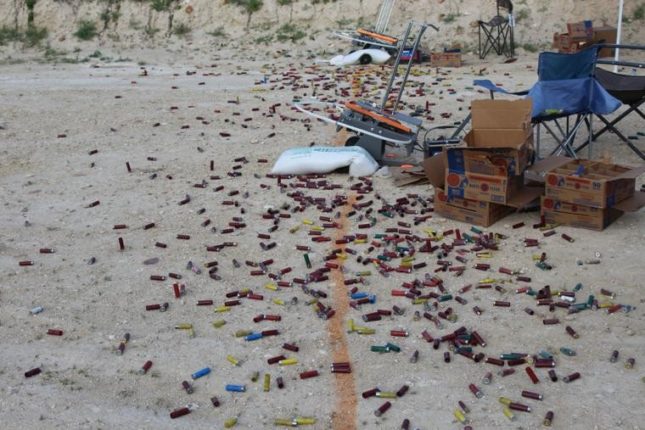Canadian shore lunches are legendary, and for good reason: They’re awesome! I experienced my first Canadian shore lunch 34 years ago. My father-in-law took the family to Flin Flon, Manitoba, fishing forever. The first year that Katy and I got married, he took six of us. What a great trip.
Every day at lunch, we’d pull up on the shore, build a fire and he’d fry up a great meal which fried northern pike as the main course. Let’s fast forward to last week. My daughter and I just got back from a fishing trip to the historic Plummer’s Lodges in the Northwest Territories. I’ll write an article on that trip at a later time, but right now I want to write about the shore lunches we had.
Every day, our guide, Darrel Smith, would keep back one of the smaller lake trout to cook for lunch. We were fishing on Great Slave Lake, and about noon we’d pull up on some small island or bank where there was a semi-flat spot. We’d build a fire ring with rocks and whip out a fire.
Darrel kept a big metal grate in the boat that we’d lay on the rocks. He had a tow sack that he’d keep all of his utensils and which included some big frying pans. He also had a couple of camp chairs for me and Kolby.
Next he’d fillet the fish. On this trip, we were testing out the Smith’s Consumer Products Lawai 7-inch and 9-inch knives. He’d prepare the fish in a different manner, all of which were excellent. I don’t know how many different recipes he has.
Of course, the fried fish were excellent and to die for. He had a bag of dry batter and would throw the fillets into the bag and shake it up to coat them and then throw them in a skillet of hot oil.
But first he’d fry the potatoes and slice onions. I know food always tastes better in the outdoors, and you always eat more but I’m serious — he made the best potatoes I’ve ever had. I don’t know if it was the seasoning or the environment, but I would have been happy with just the potatoes.
When the potatoes were done, he’d put a colander over a metal gallon bucket and pour the potatoes into the colander. Of course, the colander would catch the potatoes and the grease would drip into the metal bucket.
Then he’d pour the grease back into the pan to fry the fish. He’d open a can of beans and a can of corn and set them on the side of the grill to begin heating up. When it was all done, he’d set out the spread on a big rock, and we’d have a buffet fit for kings. We’d eat until we were about to die.
But we didn’t eat fried fish every day (although we could have, and I would have been happy). One day he did a baker. On a big sheet of foil, he poured a tub of salsa and then laid in the fillets. He then wrapped it up and baked it on the grill. When it was about done, he poured a pound of grated cheese on top and refolded the foil and let it melt. Kolby really liked the baker.
After lunch, Kolby asked him if he’d ever had teriyaki fish. He replied, “Do you want teriyaki tomorrow?” She said, “I’m good with whatever.” The next day, he spoiled us with a teriyaki shore lunch. It was to die for.
I was amazed at how organized and fast he whipped out a shore lunch. He was super efficient and has a good system down. The fishing was unbelievable, but the shore lunches alone almost made it worth going on the trip.
After the trip, I got wondering. Why don’t we do shore lunches in Idaho? Even Huckleberry Finn and Jim knew that fresh fish was the ultimate.
Tom Claycomb lives in Idaho and has outdoors columns in newspapers in Alaska, Idaho, Utah, Nevada, Colorado and Louisiana.
